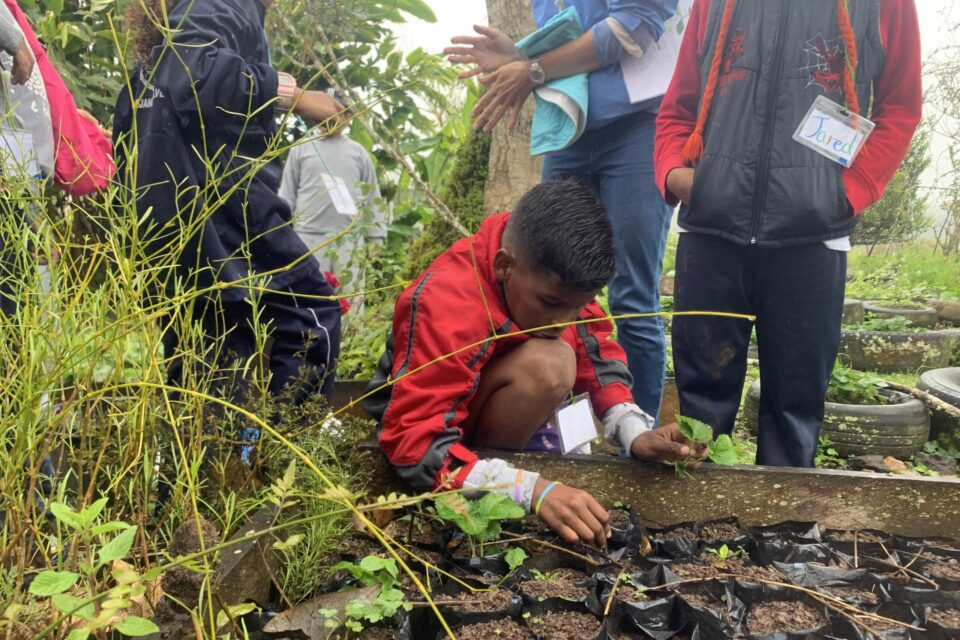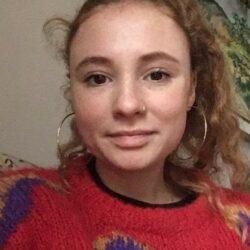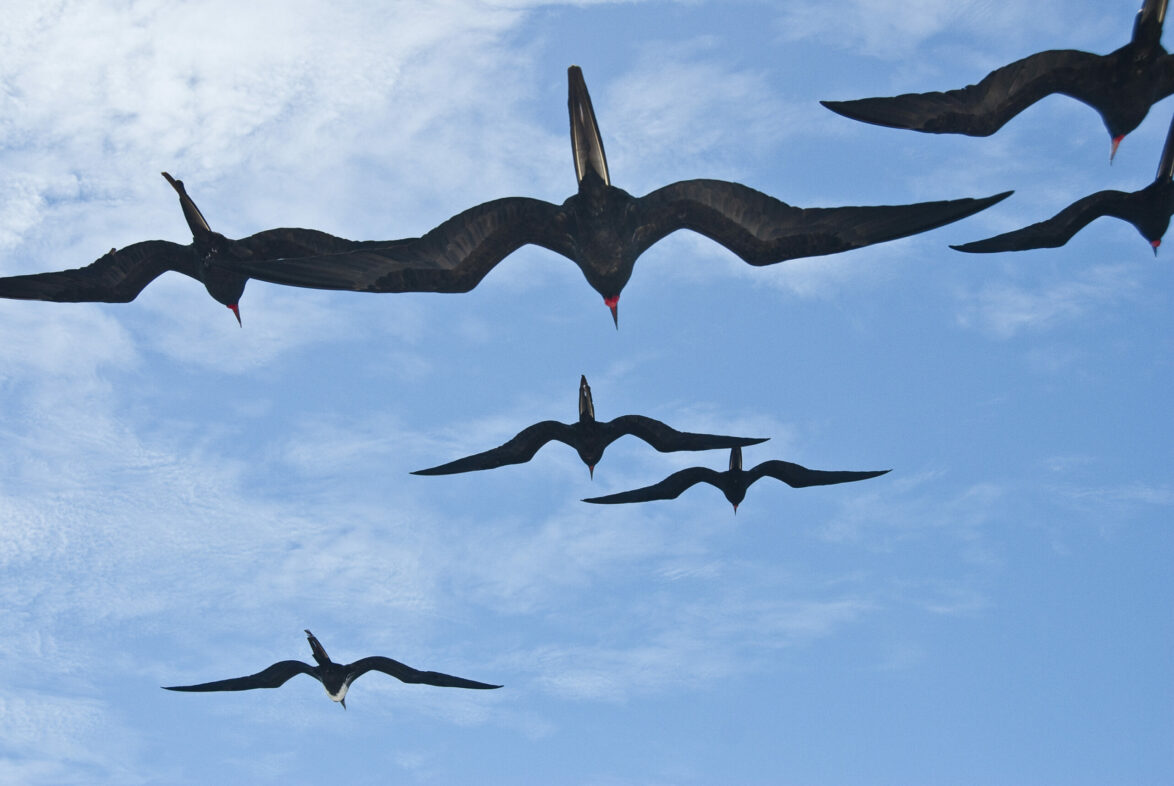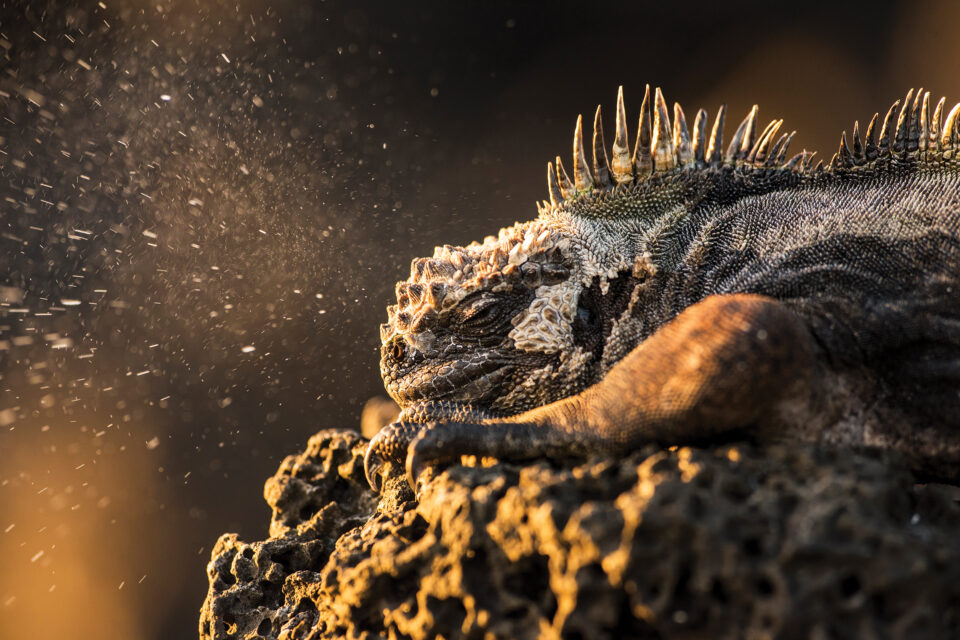

Studying health in birds: An interview with Gislayne Mendoza Alcívar
Gislayne Mendoza Alcívar, laboratory technician at the Charles Darwin Foundation, shares her experience studying the health of some of the Islands' most endangered birds.
Could you briefly describe the Health Project and what it aims to achieve?
The Landbird Health project is part of the Charles Darwin Foundation’s Landbird Conservation Programme, which works hard to ensure the long-term conservation of small Galapagos landbird populations, including the iconic finches and curious mockingbirds. On the Landbird Health project, we focus on determining the health status of these birds using molecular techniques to identify potential pathogens. We can then use this information to develop health baselines for birds, thereby understanding new potential threats to the health of wild and domestic birds as well as the people who visit and live in Galapagos.
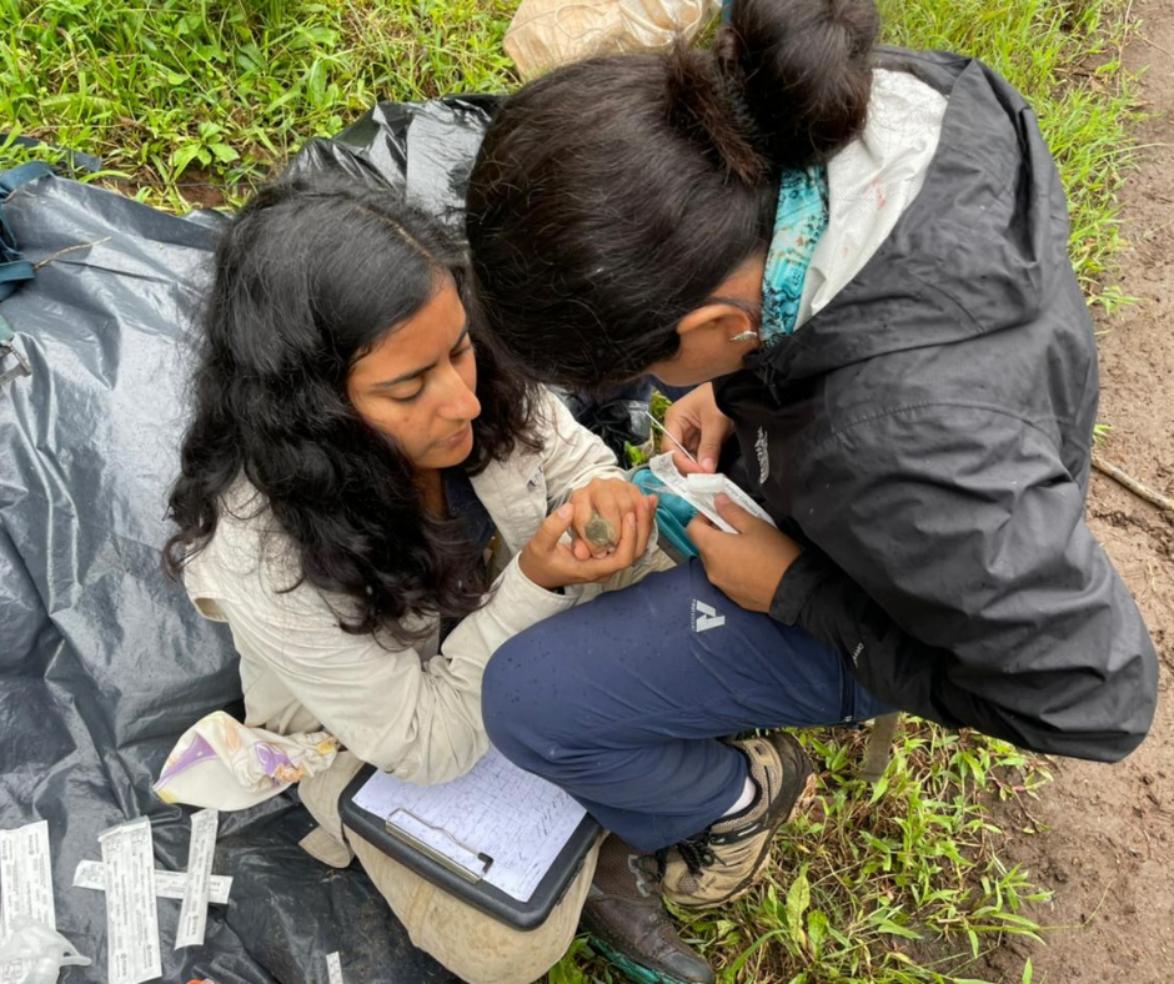

Saving the little vermilion flycatcher
We are working to save the little vermilion flycatcher, one of the most charismatic and colourful birds in Galapagos, from invasive species on Santa Cruz island.
What methods do you use to measure bird health and why is it important to collect this data?
My role in the project is to collect samples from apparently healthy wild birds and analyse these for the presence or absence of infectious agents. To do this, we go into the field, capture the birds, perform a general examination of their health status and collect oral and cloacal swabs, which take less than 10 minutes.
In the laboratory, I process these samples using the PCR (polymerase chain reaction) technique, the same method used to detect COVID or other diseases. This technique allows us to detect the presence of already known diseases, such as herpesvirus or adenovirus in birds, and even identify new viruses. Knowing the diseases present in wild birds is vital to support the management and reintroduction plans that are helping the conservation of these species inside and outside of the National Park.
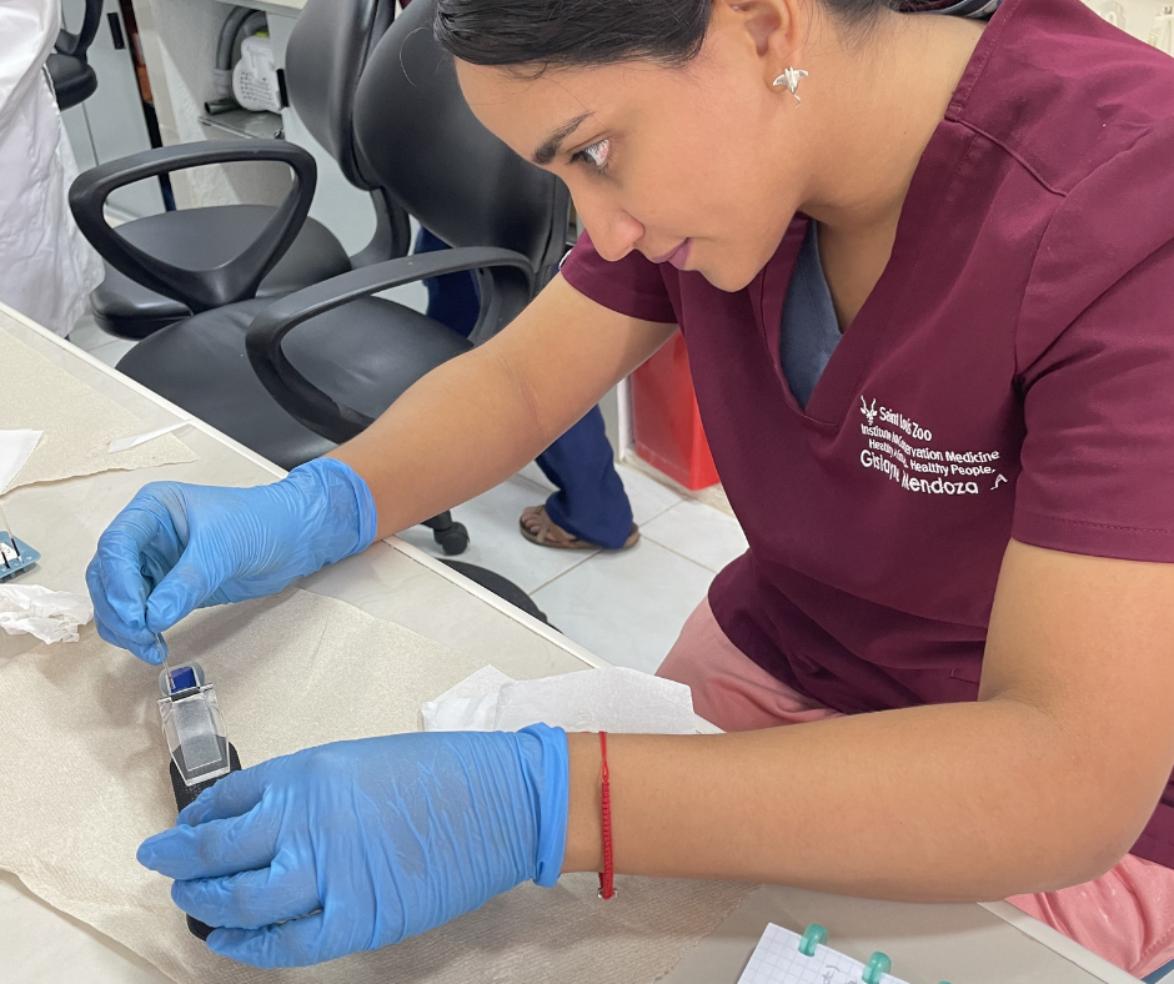
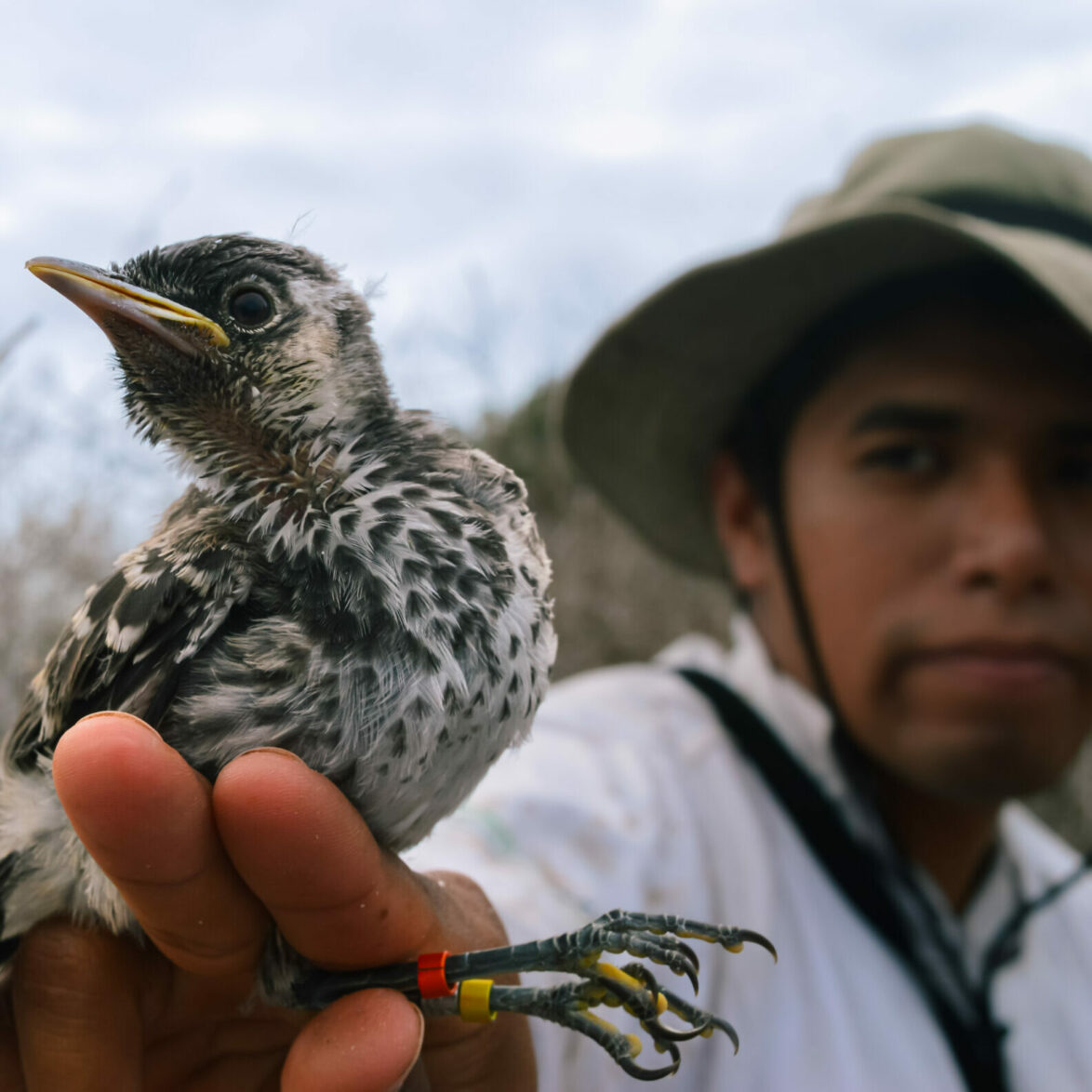
Saving the mangrove finch
We are working to protect one of the rarest birds on earth, the Critically Endangered mangrove finch, which is threatened with extinction by habitat loss and invasive species.
How does understanding the health of bird species help with planning and executing reintroduction plans?
We cannot protect what we do not know. For this reason, it is essential to study what viruses, bacteria and parasites are present in different species of Galapagos birds and the geographical distribution of these infectious agents. This information can identify the best areas and species to use in reintroduction and restoration plans.
Introducing possible diseases into bird populations already decimated by the presence of introduced species and human impacts can pose a severe risk to their survival. Understanding the diseases present in Galapagos birds contributes to the success of reintroduction programmes for endangered species.
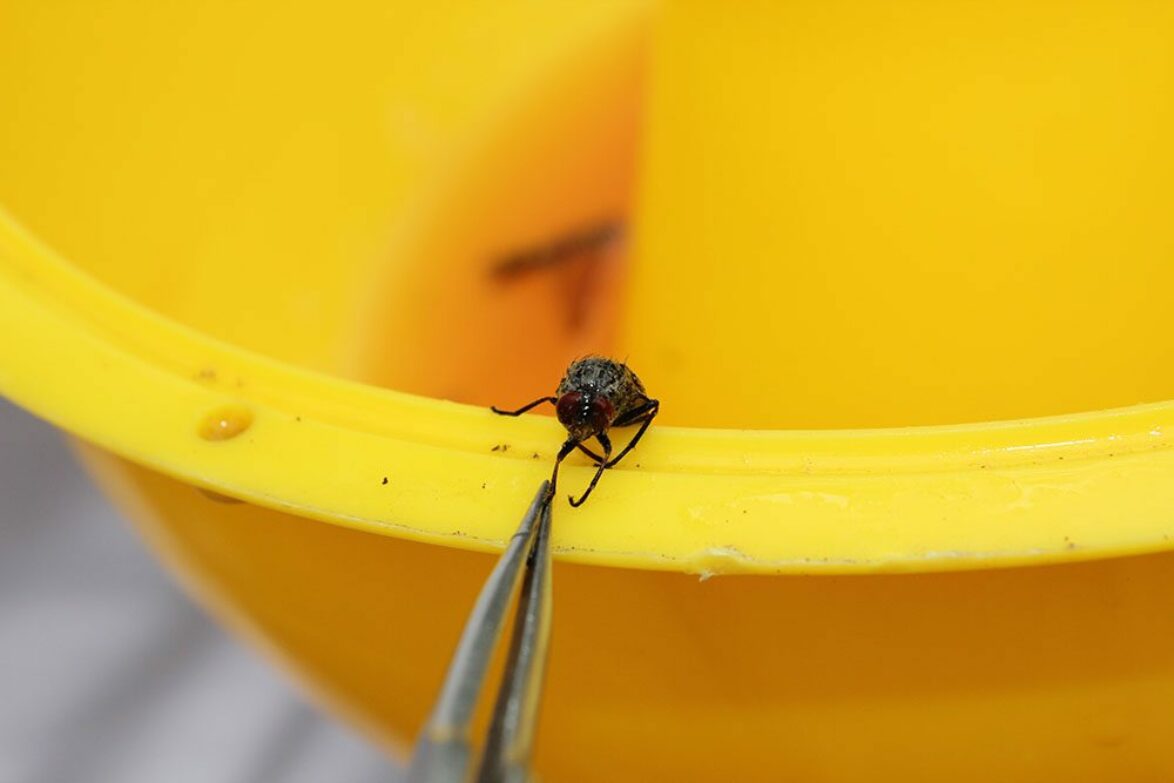

How to control a parasite
Discover the ways in which scientists are looking to protect Galapagos land birds from parasites.
What advice would you give to someone just starting their career in conservation?
My advice is to believe in your potential as a future scientist; be consistent, patient, and humble. At times, the conservation field can be challenging, but you have to stay strong, work hard to achieve your dreams and don’t set limitations. Having a clear aspiration of what you want to accomplish in the future is essential. In my case, I would like to be a scientist who protects the fauna of the place I have loved since I was little and, thus, continue to work towards a better Galapagos. We must remember that wildlife has no voice of protest in this world, but they have us, and we must take care of them.
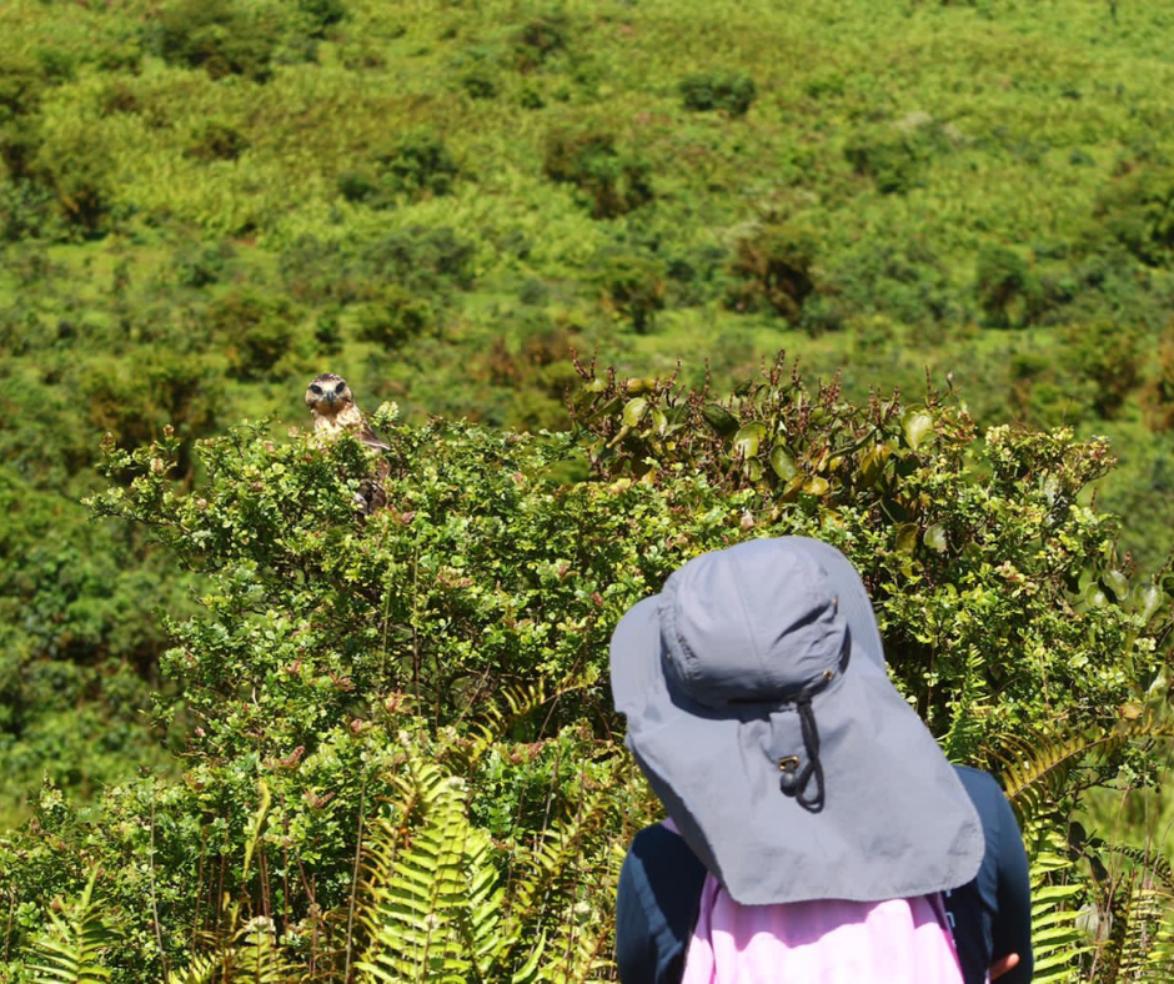
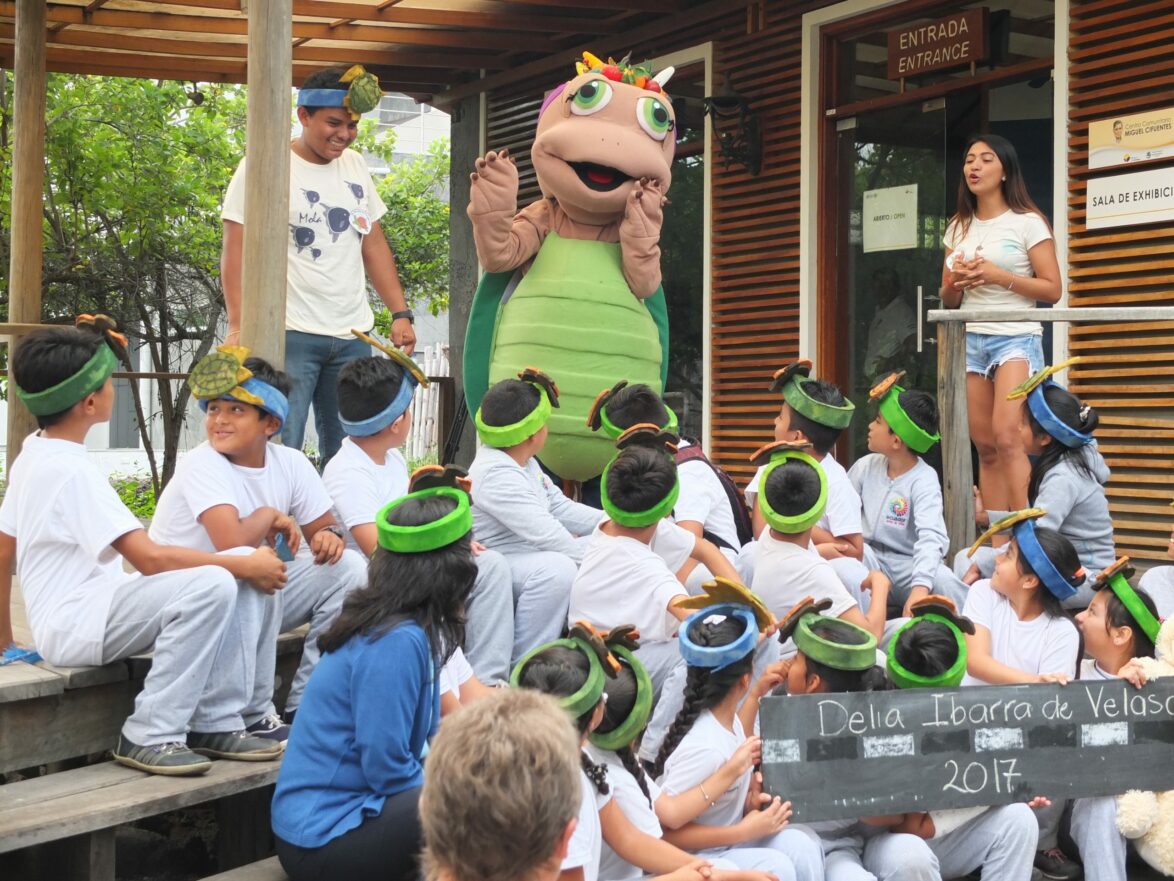
Inspiring the next generation of conservationists
We are helping to support the next generation of wildlife ambassadors on the Islands.
What is your favourite Galapagos species and why?
My favourite species is the woodpecker finch (Camarhynchus pallidus) because of its behaviour when obtaining food. In addition to being noted for its nest-building skills, this finch is famous for its ability to find food. In the dry season, this little bird uses tools such as small branches or spines to extract its prey from holes in trees, a clear example of adapting to an adverse environment.

Help the wildlife of Galapagos survive and thrive
There are many ways to support our vision for a sustainable Galapagos: why not adopt an animal, become a GCT member or donate today?
Related articles

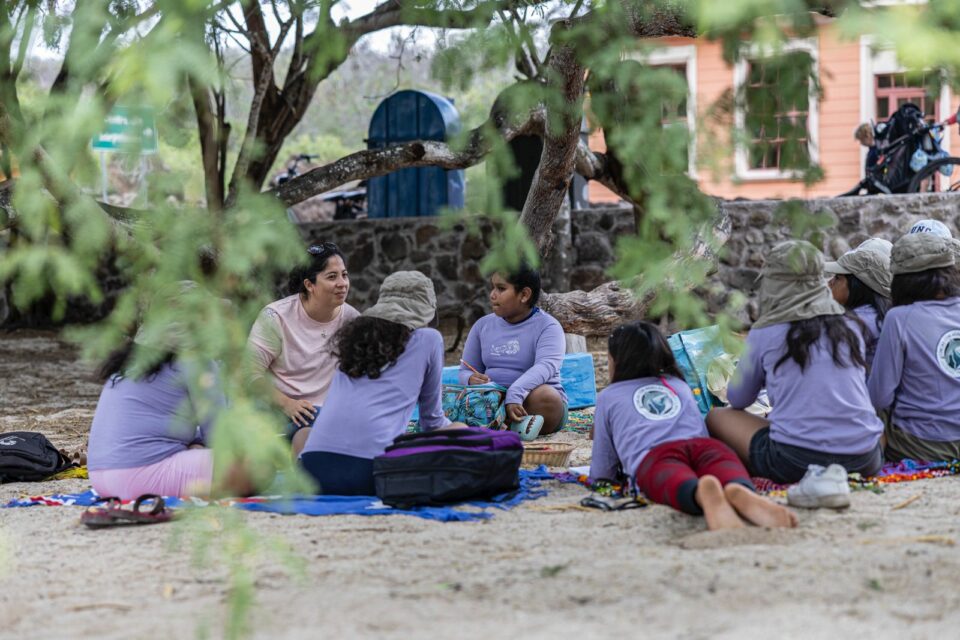
Gills Club: Empowering young women in Galapagos

Isabel Cooper: A pioneering woman in Galapagos
